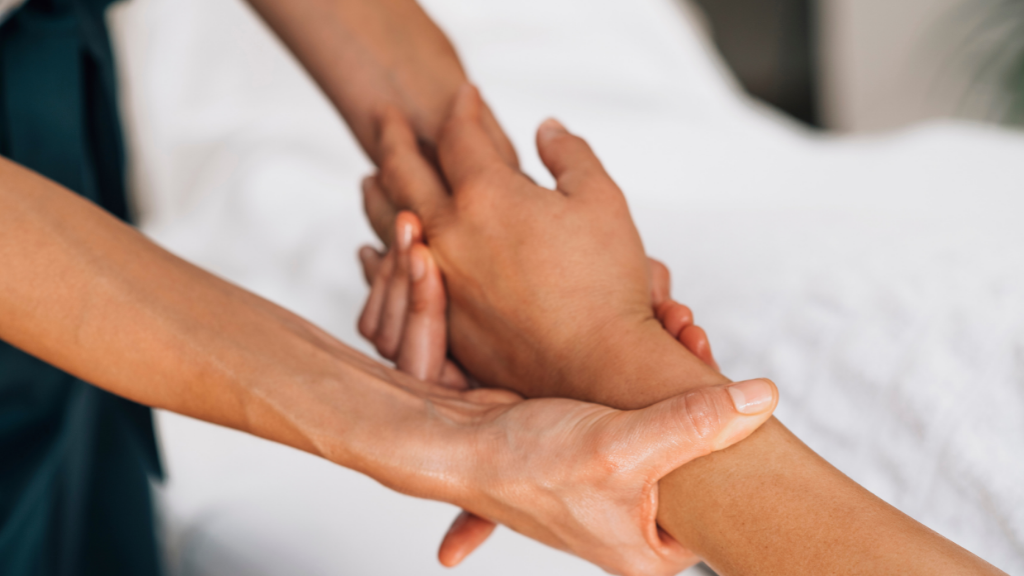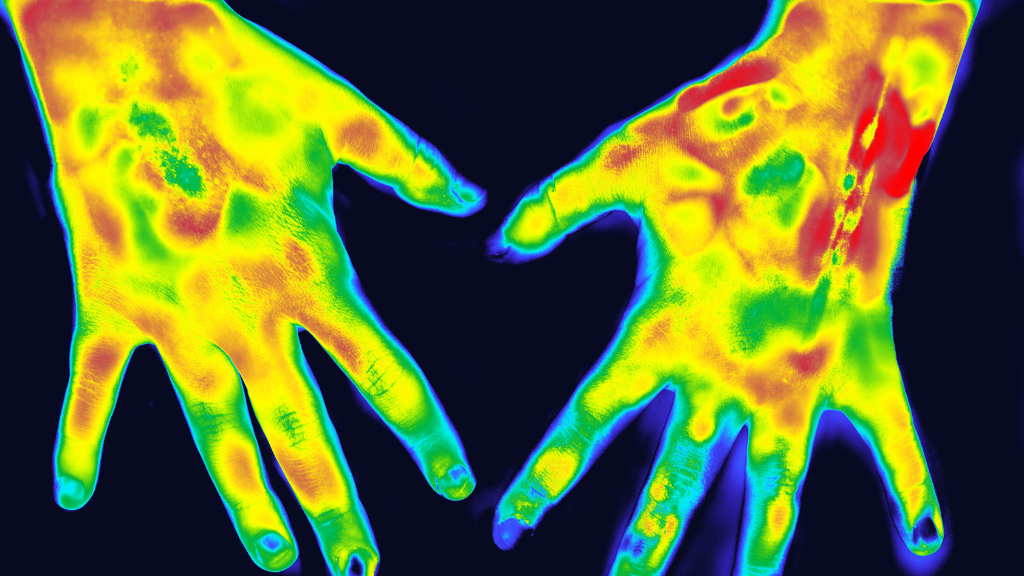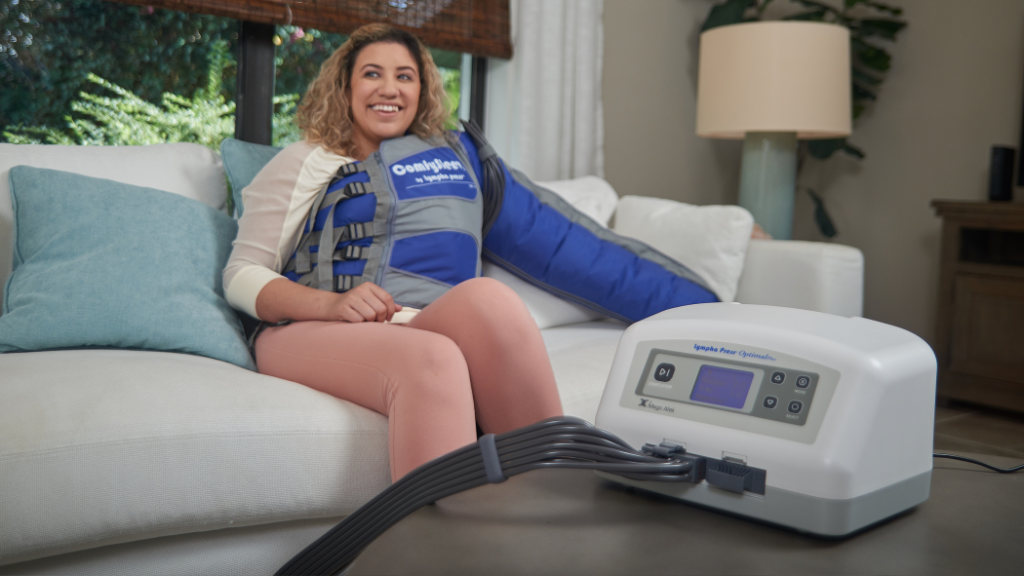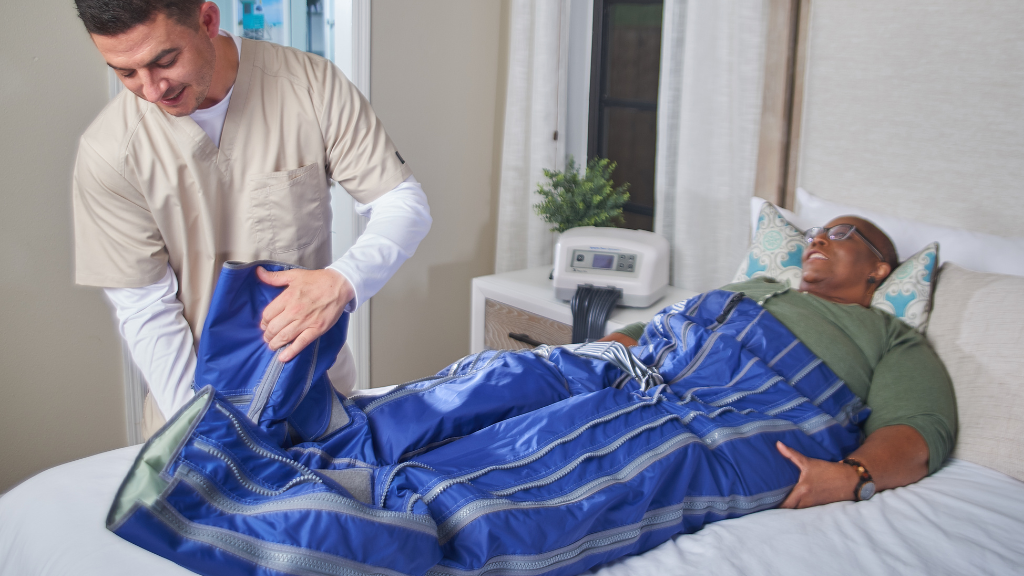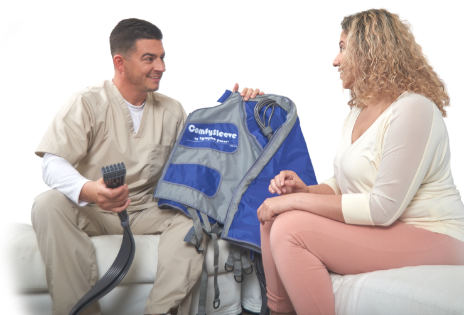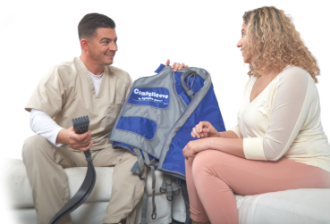This is a 10-minute read.
By Dr. Andrea Brennan, OTD, OTR/L, CLT-LANA, CI-CS, WCC
New research is expanding the medical knowledge base we have for lymphedema. Since 1992, the published studies in cancer rehab, for example, have increased fourfold from fewer than 400 per year to more than 1,600 per year.
That’s an 810% increase, which is a powerful statistic that shows how much new information exists in the medical community. Have you been able to keep up with the sheer volume of new information that’s constantly being published about lymphedema?
To make things a bit more complicated, not all of the published data is easy to translate into clinical practice. While the information in a lymphedema research study might be fascinating and informative, it’s hard to implement in your day-to-day work with patients.
In this article, I’ll provide a literature review of lymphedema research from “across the pond” in the United Kingdom and share a global perspective on the latest and most helpful information in the field. I’ll also feature some resources that can help you stay up-to-date on emerging research.
Studies About the Impact of Chronic Lymphedema
One thing is clear from the research: Chronic lymphedema has a strong impact on patients’ lives. A UK study found that 80% of people with lymphedema had to take time off of work for it, and 8% had to give up working completely.
This study also found that half of all people with lymphedema suffer from significant lymphedema-related pain. In addition, it determined that cellulitis and other related conditions are contributing to 400,000 bed days of hospitalization in England every year, which costs more than ₤74 million, or $100 million in USD.
In the United States, research like this is less common. I wish we had similar information to digest, but instead, we can examine a sweeping multi-year review of the existing literature.
A national guideline clearinghouse conducted a systematic review of lymphedema literature published between 2000 and 2017. This review incorporated data from Medline and Google and included terms like “lymphedema guidelines,” “consensus on lymphedema treatment,” “management of lymphedema,” and “management of lymph swelling.”
Despite finding results in 245 publications, only four provided identifiable lymphedema clinical practice guidelines – and three of those were more than a decade old. This highlights the difficulty of accessing the latest research and turning it into useful and timely information that can be implemented in clinical practices.
Overview of New UK Guidelines for Lymphedema
In March of 2019, the UK-based group The National Lymphoedema Partnership developed a document to guide and improve the commissioning of lymphedema services for adults throughout the United Kingdom. It explores topics such as risk factors and why providing preventive care matters.
Below is a summary of the many issues the UK project revealed:
- Many physicians and healthcare providers didn’t have enough information about lymphedema or didn’t understand what it is.
- Most UK doctors couldn’t describe what a good treatment regimen for lymphedema/chronic edema looks like.
- More training is needed in terms of compression, skincare, medication, swelling, cellulitis, and other related concerns.
As a result, new educational approaches are now in use in the UK. For example, the British Medical Journal’s learning component developed a practical educational module for doctors, with Professor Peter Mortimer from St. George’s explaining what lymphedema is and how it impacts those who have it.
Videos from the British Lymphology Society (BLS) show tips for healthcare providers who want to provide better lymphedema care. For example, one video shows how to help a patient who uses a compression garment, plus skincare advice and tips for lymphedema management.
These videos are now available through LE&RN, on BLS social media sites, and in the BLS documents library, among other places. They’re excellent resources for any healthcare providers who need to know more about the basics of lymphedema treatment and support.
There’s a free app a physician can use to connect information between the patient and their practice. The app provides information about lymphedema, shares tips for patient self-management, and offers tools like algorithms and physician statements. It was developed by the Lymphoedema Network of Northern Ireland (LNNI) in partnership with Ulster University and is called the LymEx App.
The results of this program have had a profound impact on the view of lymphedema both in the UK and in the US. Having new guidelines has helped doctors and the public gain a deeper understanding of lymphedema and its treatment.
Additional Resources for Lymphedema Treatment
Finally, I’d like to share some additional resources you can use to stay current on the latest research. Please use this information to assist your patients and ensure you’re providing the best possible standard of care.
The International Lymphoedema Framework is an excellent resource that provides guidelines based on internationally-recognized standards for lymphedema service. They aim to empower patients and providers to identify and manage their lymphedema effectively through multi-agency health and social care.
This information is available in a free download and I encourage you to read it. Kudos to Lympha Press for becoming an industry sponsor for the International Lymphoedema Framework.
The American Lymphedema Framework Project (ALFP), established in 2009, is the US wing of the International Lymphoedema Framework. It found inadequate medical professional education and healthcare coverage of lymphedema in the United States.
In response, the ALFP introduced a national initiative to improve the management of lymphedema and related disorders in the US. The ALFP described the typical lymphedema patient’s experience as a “chaotic patient journey” along the continuum of lymphedema care from misdiagnosis to accessing quality treatment.
This is a bit discouraging, but there’s plenty of reason for hope. New research continues to be published, expanding our knowledge about innovative lymphedema treatments. As lymphedema professionals, we can help address these issues by staying up-to-date and making a wholehearted effort to provide our patients with the best possible care.
About Dr. Andrea Brennan
Dr. Andrea Brennan, OTD, OTR/L, CLT-LANA, CI-CS, WCC, holds a clinical doctorate in occupational therapy with LANA certification and a specialty in lymphedema practice management. She’s been in practice for more than 35 years, with a 20-year background in lymphedema evaluation and treatment. She’s an international expert in the field and works with lymphedema-related organizations to spread public awareness about the topic.
About Lympha Press
Lympha Press addresses lymph disorders by nourishing restorative fluid flow within the body. If you’re a doctor or patient with concerns about lymphedema or lipedema, please take a look at the innovative therapy options from Lympha Press. We offer devices that provide an array of benefits including decreased pain and lymphedema symptom relief.
